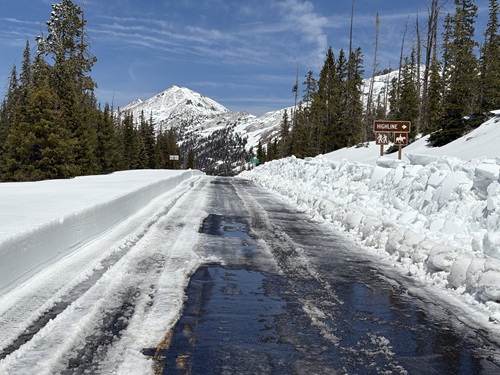With Hurricane Florence dumping in excess of 10 trillion gallons of rainwater on North and South Carolina – enough to fill 15 million Olympic-sized swimming pools – not only is the storm water resulting in floods that are damaging roads and bridges, those floods are releasing petroleum products, chemicals, coal ash, hog manure, and other types of hazardous waste from compromised storage sites in the affected areas.
Environmental research firm EDR Insight came up with a list of 236 unique environmental “hot spots” based on property risk analysis located across the trajectory of Hurricane Florence that could increase the risks to state department of transportation crews and others conducting recovery work near them.
“Our focus after storm events is on providing up-to-the-minute answers to critical questions like how many sites may be affected, and what types of hazardous material may be unleashed due to wind and flooding or where are the geographic risk clusters,” Dianne Crocker, EDR Insight’s principal analyst, explained to the AASHTO Journal via email.

“With past events, media coverage typically focuses on Superfund sites in the area of impact, which is understandable given that they are the worst-contaminated sites,” she said. “Yet there are thousands of others that have some form of contamination on-site – or house operations that involve the use/storage of hazardous substances – that also present a potential risk after a major flooding event.”
Of particular concern in EDR’s study area are nine facilities with animal operations permits, the majority of which are in Pender County, North Carolina. Many of these are industrial-scale pork farms with the potential to release animal waste when flooded, the firm noted.
There are an additional 60 regulated facilities within EDR’s study area known to store hazardous chemicals and petroleum products onsite, including 54 “large quantity waste generators” that typically store waste in drums which have been displaced during other major flooding events like Hurricanes Katrina and Harvey.

“Sites with contamination or hazardous materials on-site that may be disturbed by Florence’s floodwaters and could pose potential public health risks,” Crocker noted.
“In addition, within the storm’s path there are sensitive receptors – e.g., schools and hospitals – with populations that may be exposed to contamination. It is critical that recovery efforts take into account these sources of known contamination/hazardous waste in order to minimize the impact on public health and the environment,” she said. “Knowing where these environmental risks (or potential risks) are located related to a storm’s worst area of impact is a critical element in assessing risk—and responding to those risks.”
 Nation
Nation
North Dakota DOT Profiled in State DOT Update
July 3, 2025 Nation
Nation

